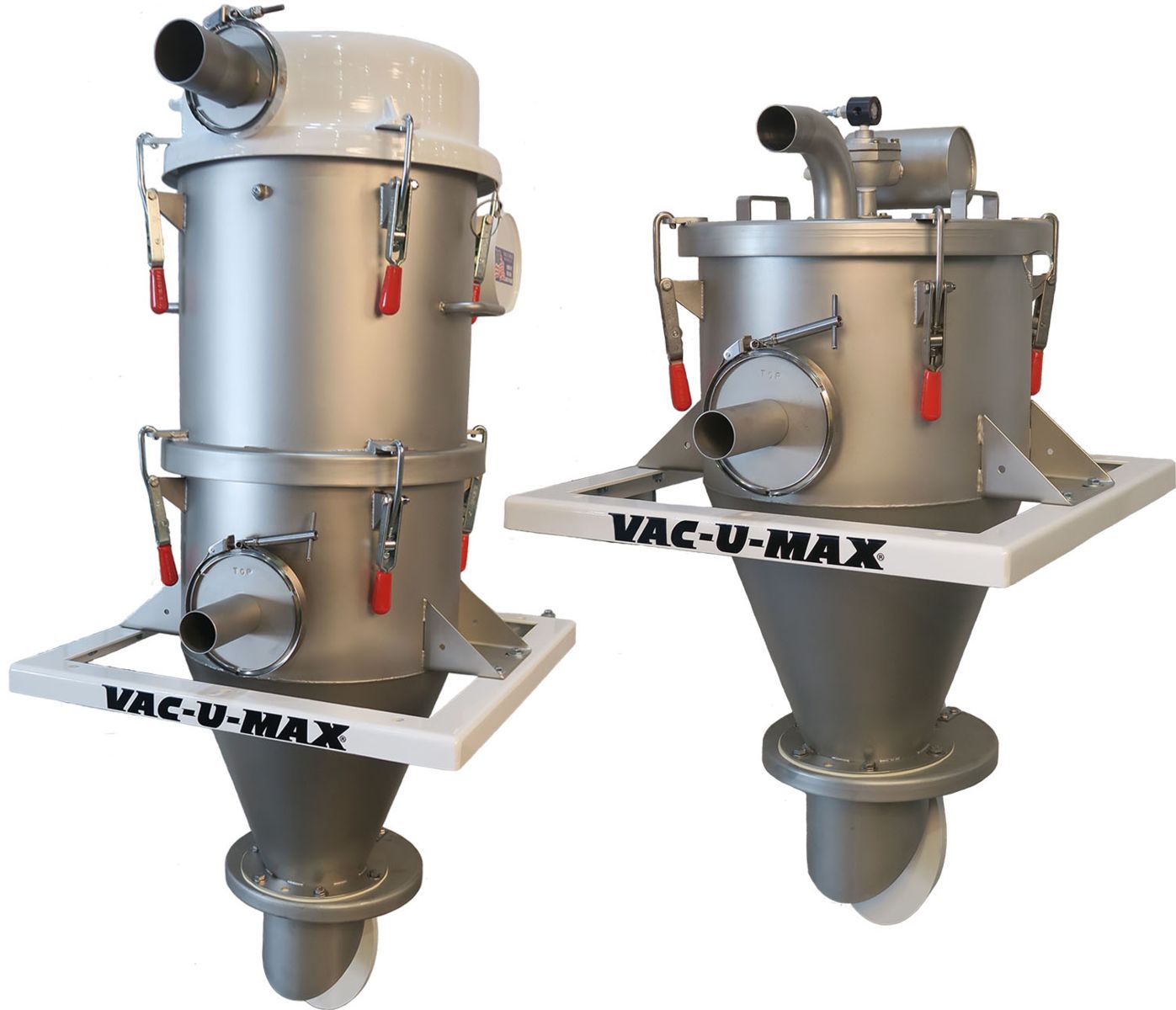Pneumatic Conveying, Automated Packaging, & Bagging Systems
Dilute, Dense, & Eco Phase Conveying
Rotary Airlock Feeders
Blower Packages

In production plants, conveying systems are used to move a variety of materials from one place to another with minimal effort. A conveyor system may be powered by a motor, gravity, air, gas, or manually. These systems can be used to move materials such as fine, dry powders, like sand or flour, and temperature and/or air-sensitive bulk materials such as coal or plastic.
Effective, properly designed conveying systems can have a powerful impact on a company’s bottom line. These systems have been known to reduce power consumption, improve system reliability, performance, productivity, and safety.
Image Credit: https://www.powderbulk.com